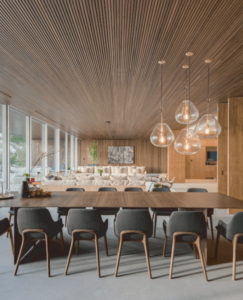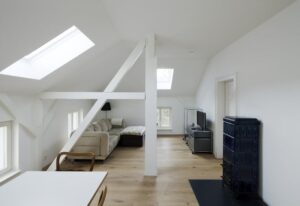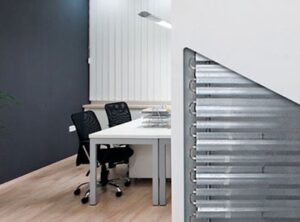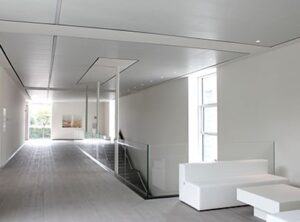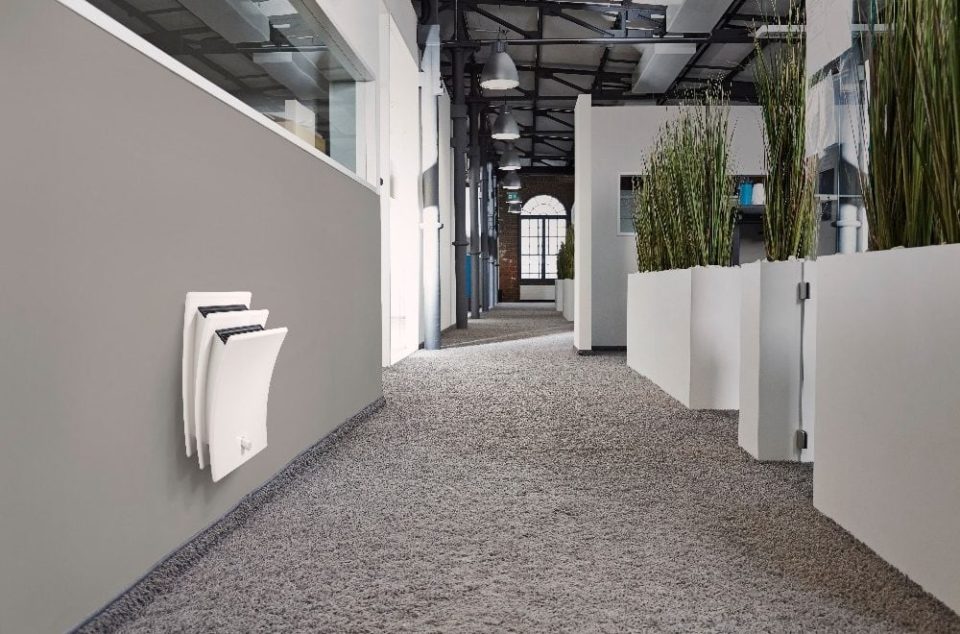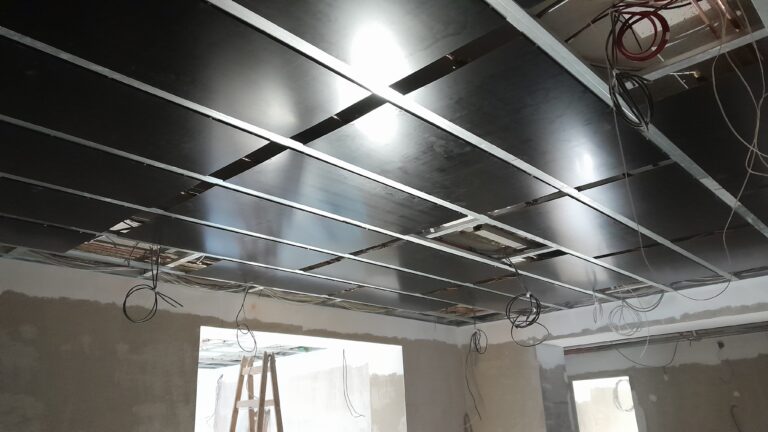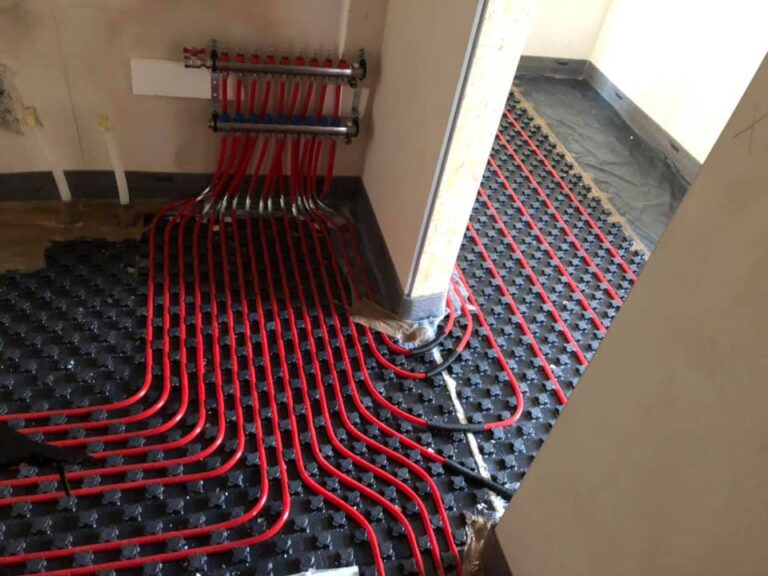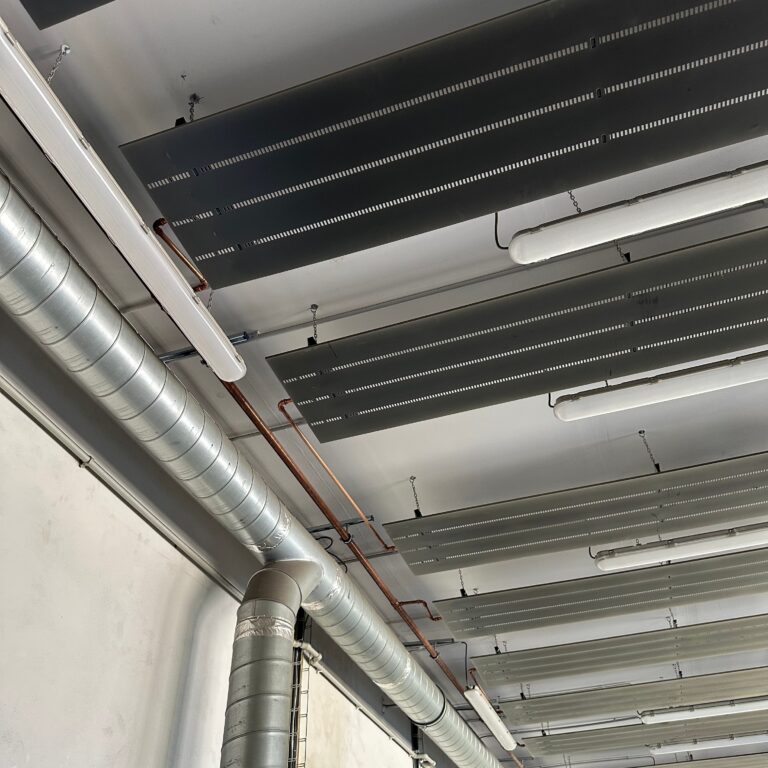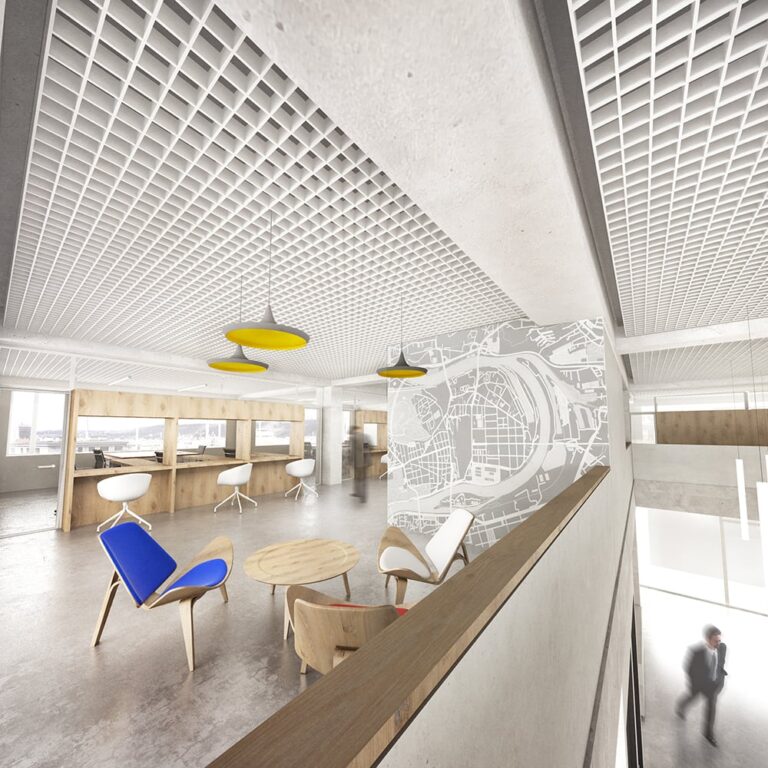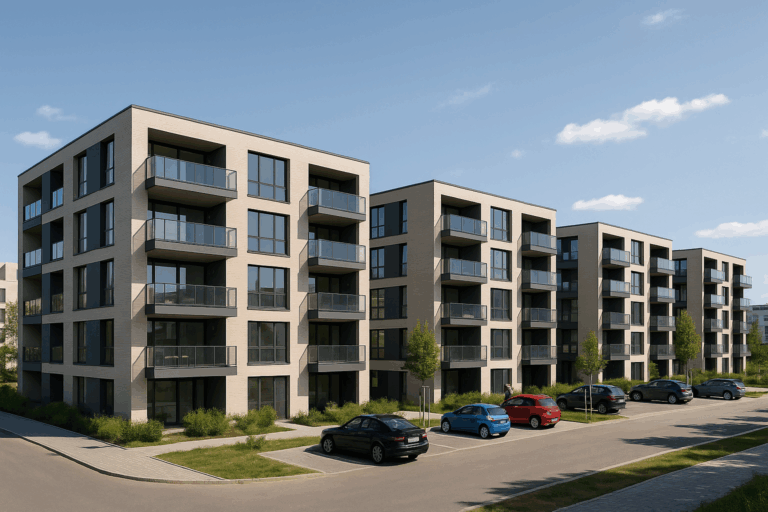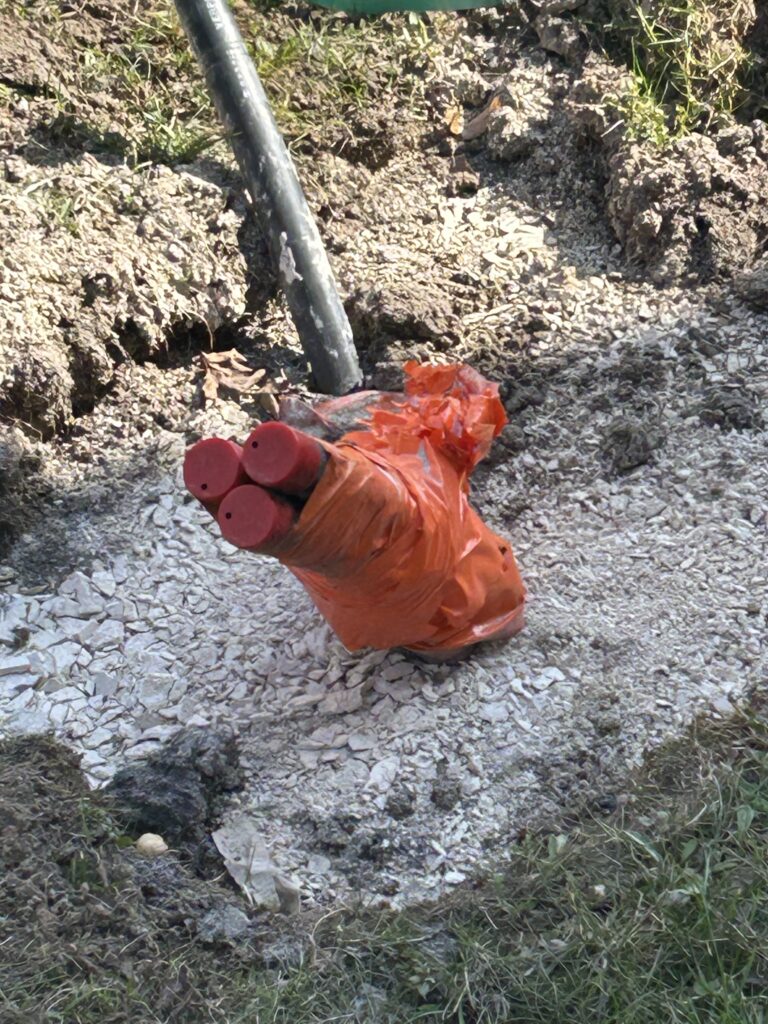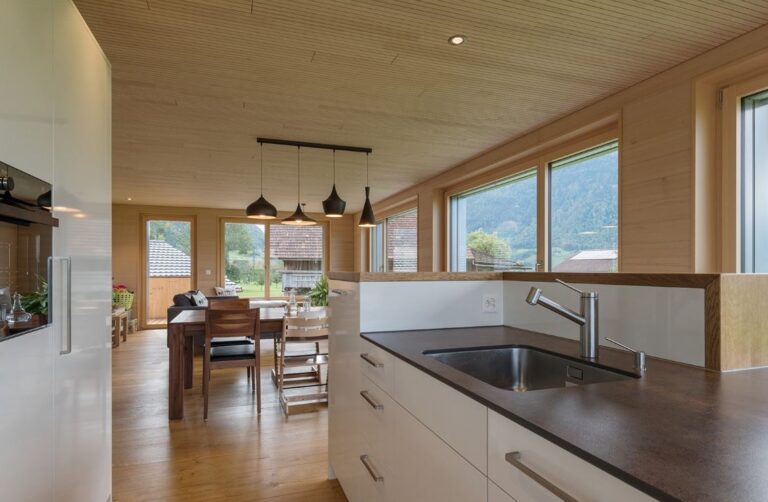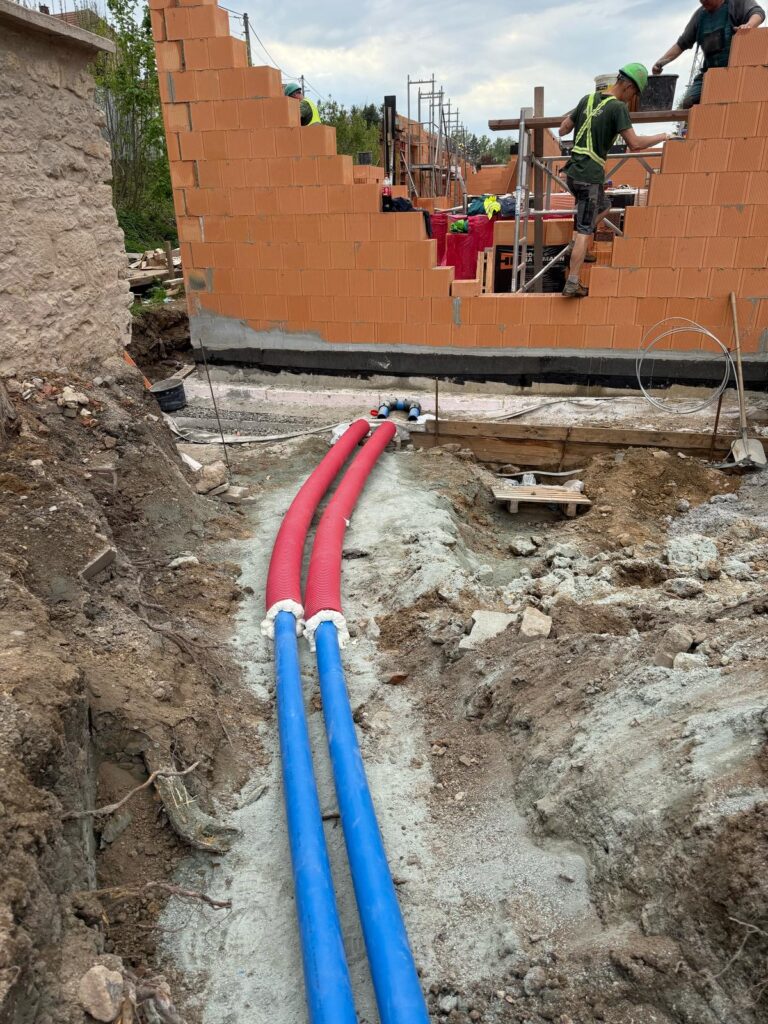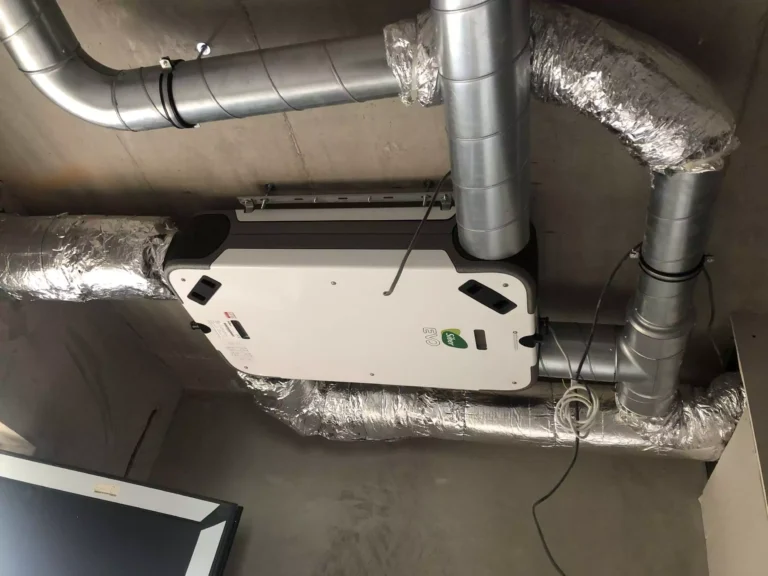Určitě jste se již někdy v životě během rekonstrukce domu či bytu setkali s tím, že vám projektanti, architekti a nebo třeba asistenti ve specializovaných obchodech nabízeli designová otopná tělesa, jinak také řečeno designové radiátory. Tato zařízení se většinou vyznačují ‚zajímavým vzhledem, který oživí interiér.‘
Vzhled se brzy omrzí
Pravdou ovšem zůstává, že většinou jsou tato tělesa nevkusná a spíše než zajímavá, jsou vizuálně nehezká a brzy se vám v interiéru omrzí. To jsme se ale dotkli spíše estetických stránek věci, pojďme si ještě vysvětlit, jakým způsobem tyto neobvyklé radiátory ‚šetří‘ energii a jaké jsou jejich vyhlídky do budoucna.
Jak (ne)šetrně radiátory fungují?
Běžné radiátory, tak jak je známe, ušetří dnes přibližně 20% energie. Dnes již ovšem hýbou světem jiné technologie, o kterých víme, že jsou schopné ušetřit až 50% energie. Princip běžného radiátoru je stále stejný, malá plocha, která ohřívá vzduch o nižší teplotě na vzduch o teplotě vyšší. Problém je v tom, že snížená teplota, která jde do radiátoru, zpravidla potřebuje velké množství elektrické energie na to, aby vzduch o požadované teplotě v místnosti cirkuloval. K tomu, aby se tak stalo, je třeba využít ventilátorů, které tuto práci zastanou. Úspora je poté ovšem nahrazena právě prací ventilátorů, které tato designová otopná tělesa ve většině případů ke svému fungování potřebují.
Hluk, prach a složitá údržba
Nevýhodu je také nežádoucí hluk, které ventilátory produkují a víření prachu, které neocení zejména alergici. Hluk těchto topných těles, respektive radiátorů se může stát velmi nepříjemným, zejména v případě, kdy máme radiátor nainstalován v místnosti kde spíme. Je známo, že při usínání jsme velmi citliví na jakékoliv, byť jen trochu hlučné podněty zvenčí, a proto bychom se měli instalaci hlučných zařízení do těchto míst spíše vyhnout. Nepohodlným se může postupem času stát i způsob, jakým se tyto radiátory čistí. Prach se usazuje v tělese a jeho čištění se může stát noční můrou pravidelné údržby domácnosti.
Budoucnost?
Jaká jsou východiska a možnosti? Přijde doba, kdy radiátor nikdo z nás nebude v interiéru chtít. Již dnes známe několik způsobů, jak se instalaci radiátoru do interiéru vyhnout a tím se i vyhnout komplikacím, která tato zařízení přináší. Design, který se omrzí, nadměrné víření prachu a nekomfortní údržba jsou důvody, kvůli kterým bychom při další rekonstrukci měli několikrát zvážit svá rozhodnutí.
Naše řešení vytápění a chlazení
